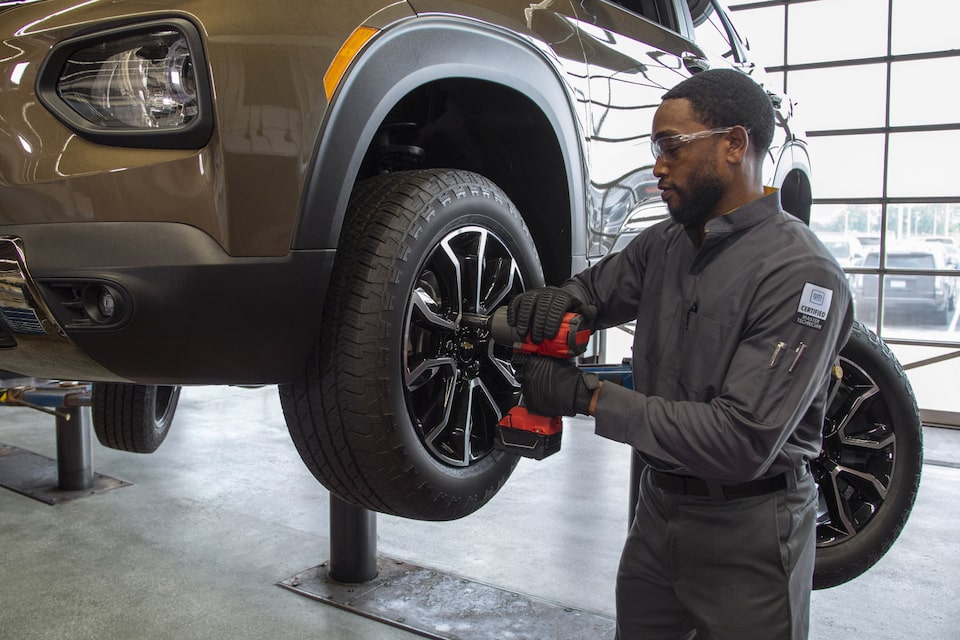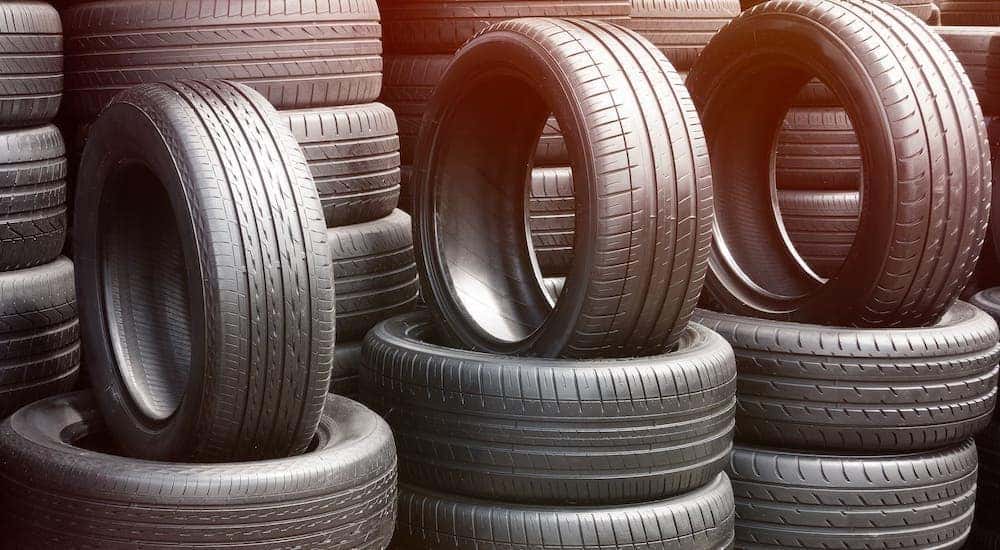Reliable Tire Shop Morris: Your Destination for High Quality Tires and Services
Reliable Tire Shop Morris: Your Destination for High Quality Tires and Services
Blog Article
Tire Solution: The Impact of Weather
When it involves ensuring optimal efficiency and security when driving, recognizing the impact of climate condition on tire service is essential. From scorching warm to icy roadways, each weather component can dramatically affect tire capability and general driving experience. By diving right into the impacts of differing weather condition conditions on tires, motorists can get useful understandings that might improve their car's performance and longevity. In this conversation, we will certainly check out the intricate relationship between weather condition problems and tire service, shedding light on the significance of weather-specific tire upkeep methods and factors to consider.
Heat and Tire Performance
When revealed to heats, tires experience modifications in efficiency that can significantly affect lorry safety and handling. The warmth produced from long term driving or heat problems creates the tire rubber to soften, bring about reduced tread life and boosted wear. As the rubber becomes softer, the tire's grasp when traveling diminishes, affecting braking ranges and overall traction. In severe instances, excessive warm can even create tire blowouts, presenting an extreme safety and security risk to the car and its owners.
Moreover, high temperatures can speed up the process of tire aging, creating the rubber to degrade faster. This can result in fractures, protrudes, and other kinds of damages that endanger the architectural honesty of the tire. To minimize the impacts of warmth on tire efficiency, vehicle drivers need to consistently examine their tire pressure, turn tires to ensure even wear, and evaluate for any kind of indications of damage. Additionally, making use of tires particularly developed to endure high temperature levels can assist keep ideal efficiency and safety when driving.
Cold Weather Results
Cold weather condition problems can have a substantial effect on tire performance and security. As temperature levels decrease, tire rubber can set, resulting in decreased traction on icy or snow-covered roadways. In cool weather, tires may additionally shed air pressure more swiftly, which can impact managing and fuel performance. Additionally, cool temperature levels can trigger tire sidewalls to stiffen, raising the risk of damage from fractures or other road hazards.
To minimize the impacts of cold weather on tires, it is critical to regularly examine tire stress and inflate them to the manufacturer's recommended levels. Using winter months or all-season tires designed for cold weather conditions can also boost traction and hold on icy or snowy roadways - tire shop morris. Proper tire upkeep, consisting of routine examinations for wear and damages, comes to be also more important throughout chillier months to make sure ideal performance and safety and security
Rainy Conditions Influence
Tires with worn-out treads are a lot more susceptible to hydroplaning, where a layer of water builds up between the road and the tire surface, leading to loss of traction. To combat this, vehicle drivers should on a regular basis evaluate their tires for ample walk deepness and take into consideration spending in tires specifically designed for damp conditions.

Snow and Tire Safety
When driving in snowy problems, having the ideal tires can make a significant distinction in safety and efficiency. Winter tires are made with special rubber substances and tread patterns to provide much better traction on snow and ice contrasted to all-season tires.
In addition to utilizing winter season tires, it is essential to guarantee they are effectively pumped up. Cold weather condition can create tire pressure to go down, impacting traction and handling (morris tire and alignment). Routinely examining and maintaining the right tire stress is crucial for ideal efficiency in snowy problems

Weather-Related Tire Maintenance
Weather-related tire maintenance includes a variety of techniques intended at guaranteeing ideal tire feature and long life in various weather scenarios. One vital facet of weather-related tire upkeep is tire stress regulation. Inspecting tire tread consistently and replacing tires when walk wear gets to a specific depth is vital for preserving traction and stability in negative weather condition.
Final Thought
In verdict, weather have a significant influence on tire performance and safety. From heat affecting tire pressure and put on to cool climate minimizing traction, it is necessary to think about the weather condition when preserving and using tires. Rainy conditions can reduce grip and lead to hydroplaning, while snow can increase the threat of mishaps if tires are not appropriately outfitted. Weather-related tire upkeep is important in guaranteeing optimal efficiency and safety when traveling.
In this conversation, we will discover the intricate relationship between weather condition conditions and tire solution, losing light on the relevance of weather-specific tire maintenance techniques and considerations.

Report this page